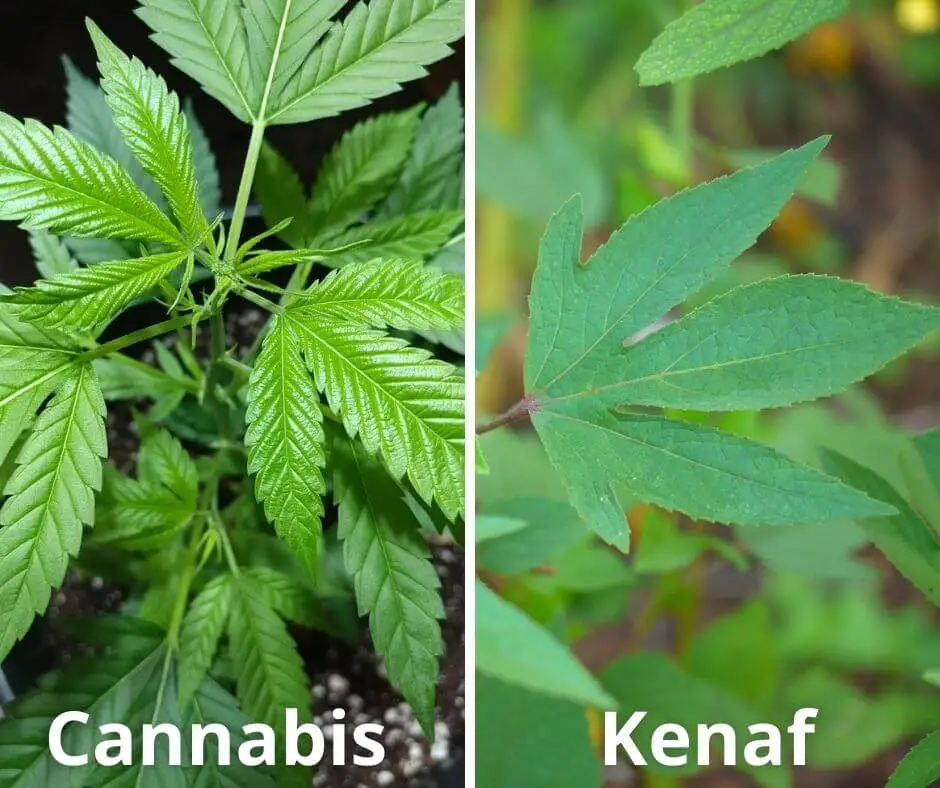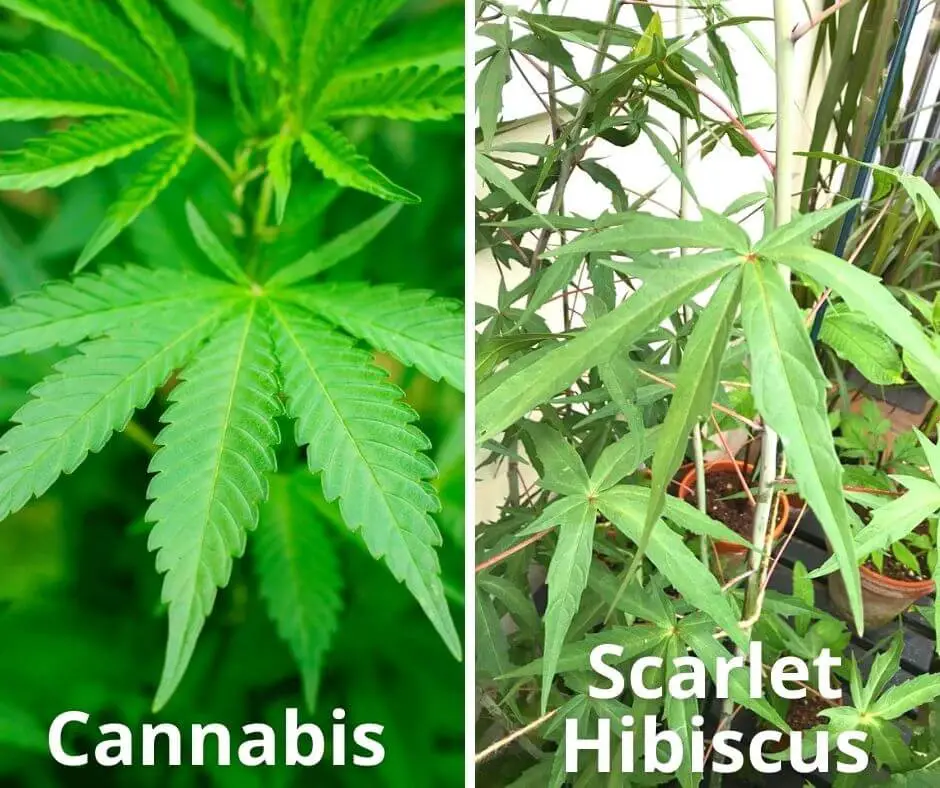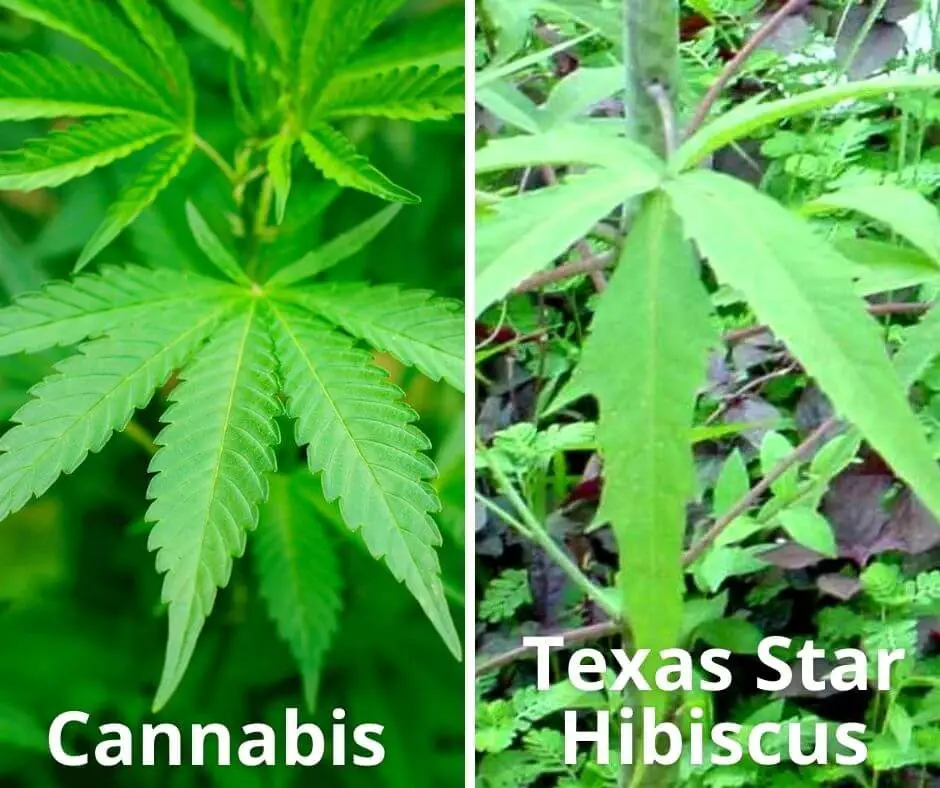15 Plants That Look Like Weeds But Arent
As you delve into the world of gardening, it’s essential to develop a keen eye for spotting weeds versus weed clones. This is particularly crucial for inexperienced gardeners who might mistake one for the other. To avoid this common confusion, let’s start by defining what we mean by ‘weeds’ in this context. By weeds, we’re specifically referring to cannabis, which – when used in moderation – has been hailed as a medicinal plant with numerous benefits.
Its potent biochemicals have been shown to treat various health issues, including cancer, inflammation, anesthesia, and digestive problems. The medical community has taken notice of its potential therapeutic applications. To help you distinguish between genuine weeds and lookalikes, we’ve compiled a list of 15 plants that are often mistaken for weed.
15 Plants that look like weed
When encountering plants that resemble cannabis or weeds, it’s essential to distinguish them based on specific characteristics. A closer examination of the leaves is crucial, as they often hold the key to identification. While similarities may exist, subtle differences can be identified by paying attention to leaf morphology and other distinct features.
By familiarizing yourself with these characteristics, you’ll be better equipped to correctly identify plants that are commonly mistaken for cannabis or weeds.
Cassava (Manihot esculenta)

Cassava, a widely recognized root crop, plays a staple role in traditional cuisines across Asia, Mexico, Africa, and Central/South America. Its powdered form serves as a common ingredient, adding starch to various dishes. However, it’s crucial to note that the raw or improperly washed cassava is toxic. Moreover, its industrial applications have led to widespread cultivation.
One of the notable features of this plant is its leaves, which are often mistaken for cannabis due to their similar five-leaf arrangement, narrow shape, and bunching pattern. A key distinguishing factor is the vibrant green color, accompanied by red stalks and a smooth texture. With these characteristics in mind, it’s relatively easy to identify cassava leaves from those of cannabis.
Chaste Tree (Vitex agnus-castus)

Upon encountering a chaste tree, you’re likely to do a double take due to its uncanny resemblance to cannabis. The rich green leaves are pointed and arranged in clusters of five to seven, branching out from a single stalk. A key distinguishing feature is the absence of serrated edges and jagged texture characteristic of cannabis. Interestingly, like its plant-based counterpart, chaste trees also boast medicinal properties.
Scientific studies corroborate the traditional notion that dried and brewed chaste tree leaves can be used as a natural remedy to regulate hormones.
Cleome

The cleome plant’s youthful appearance bears a striking resemblance to cannabis leaves, with its long, narrow, and pointed foliage sharing the same vibrant green hue. A notable feature is the presence of a toothed edge on each leaf, characterized by five to six notches clustered together in a single stalk. While the initial similarity to weed may be intriguing, the cleome’s individuality shines through in its ornamental value.
Its striking red-purple flowers, resembling tentacles, bloom from summer to the first frost, adding a unique touch to any garden. Additionally, the plant is an attractive feature for pollinator gardens, drawing in numerous insects. Moreover, it holds cultural significance in Asia and Central America, serving as an edible plant.
Coral Plant (Jatropha multifida)

The coral plant, also known as Jatropha multifida, may initially be mistaken for a common weed due to the similarity of its leaves to those of cannabis. Like cannabis, the coral plant’s leaves feature a jagged texture and a narrow, pointed shape. However, the coral plant’s leaves are longer and more sword-like in appearance, with cut edges that give them a distinctive handle-like quality.
Despite being native to tropical regions like Mexico and Central America, the coral plant has gained popularity due to its cultivated uses. Its leaves are valued for their therapeutic properties, while its vibrant red flower bunches make it a popular ornamental choice.
Cranberry Hibiscus (Hibiscus acetosella)

The African rosemallow, a flowering plant renowned for its stunningly hued leaves, boasts a crimson red to burgundy color during the fall season. The rest of the year, it can be distinguished by its brownish-red stems and stalks. While its mature leaves resemble those of okra, its youthful foliage shares a striking resemblance with cannabis, featuring pointy and toothed leaves.
Beyond being an attractive addition to outdoor spaces or containers for its delicate baby pink blooms, this versatile plant also offers edible benefits, serving as a natural food colorant and flavor enhancer in salads and other dishes.
Japanese Maple (Acer palmatum)

Japanese Maple’s unique characteristics make it a popular choice among gardeners, despite being sometimes mistaken for a weed. While it’s not edible like okra or mint, its vibrant colors and adaptability to outdoor or container growing make it a beloved addition to many gardens. Native to Japan, Korea, and China, the Japanese Maple gets its name from its country of origin.
Its leaves are similar in shape to those of weeds, with heavily toothed edges and a characteristic arrangement of five to six leaves per stalk. The key difference lies in the leaf’s width and tip, which is narrower and more pointed on weeds. In the spring, both Japanese Maple and weed leaves share a rich green hue, but as fall arrives, the Japanese Maple’s leaves transition to brownish-green or a deep brown, adding an extra layer of visual interest to the changing seasons.
Kenaf (Hibiscus cannabinus)

At first glance, young kenaf plants may be mistaken for weeds due to their bud-like growth, leaf texture, and coloration. Interestingly, their leaves exhibit a similar serrated, pointed shape to those of marijuana, with seven leaves per stalk, much like the plant’s infamous counterpart. However, as kenaf matures, its leaves tend to broaden and resemble smaller okra leaves, making it easier to distinguish from its more illicit-looking relative.
Despite their differences in appearance, kenaf and cannabis share similar chemical properties, earning kenaf the botanical name Hibiscus cannabinus. Like Sunn hemp, kenaf is a fibrous crop, valued for its applications in paper production, twines, and ropes.
Mint

While mint may appear deceptively similar to weed at first glance, it’s actually a distinct herb with several key characteristics that set it apart. One of the most notable differences is its tendency to remain firmly rooted in the soil, making it difficult to uproot unlike some weeds that can be easily pulled out. Additionally, mint doesn’t thrive when mixed with other plants, unlike many weeds that can grow and flourish amidst vegetation.
In its early stages, mint also sports a unique olive green color, hairy stems and leaves, and produces distinctive white flowers in the form of pellets during the spring season.
Okra (Abelmoschus esculentus)

Okra, a popular ingredient in international cuisine, is often mistaken for its less desirable counterpart – cannabis. In fact, an aerial view of an okra garden can lead one to believe they’re looking at a bed of weeds. This misconception has even led to instances where individuals have been surprised to find that their ‘weed’ problem was actually an overabundance of okra.
For instance, in Cartersville, Georgia, a homeowner was initially convinced he had a weed infestation only to discover that his issue was actually a thriving okra garden. The culprit behind this confusion is the striking resemblance between okra buds and cannabis buds. However, while okra leaves are broad, rounded, and smooth-edged, cannabis leaves are typically narrow, pointed, and heavily toothed.
Oregano

While oregano may initially be mistaken for weed due to its resemblance in appearance and texture, some people claim that it also shares a similar scent with cannabis. The herb’s mildly serrated leaves and pale coloration further contribute to the similarity. However, oregano is more than just a culinary addition, as it belongs to the mint family and possesses medicinal properties.
In fact, it has been recognized for its antibacterial qualities, ability to lower blood pressure, and rich content of antioxidants and fiber. Its versatility makes it a common ingredient in dishes such as pizza and pasta.
Scarlet Hibiscus (Scarlet rosemallow,
Hibiscus coccineus)

The Wild Red Mallow, also known as the Crimson Red Mallow, bears a striking resemblance to cannabis due to its elongated, narrow leaves with fine teeth along their edges and three to four clumps per stalk. The rich green hue adds to the confusion, making it understandable that casual observers might initially mistake it for its infamous cousin.
However, as the plant blooms into vibrant crimson red hibiscus flowers or enters a dormant phase from late fall to winter, its true nature becomes apparent. A well-draining soil is all this hardy species requires to thrive, and its nectar-rich flowers are particularly appealing to hummingbirds.
Sunn Hemp (Crotalaria juncea)

This versatile plant, often likened to weeds, boasts tall stalks, slender branches, and leaves with toothed edges, covering its surface. Its leaf buds mirror those of common weeds, except for one notable difference: it’s not industrial hemp. Native to India, this plant is also known as madras hemp or Indian hemp.
Cultivated extensively due to the high-quality fiber it produces, it plays a crucial role in both the textiles industry and biofuel production, making it an important player in multiple sectors.
Sweetfern (Comptonia peregrina)

Sweet ferns may seem like an unusual sight, but they’re actually deciduous shrubs that are often misidentified as weeds at first glance. Despite sharing the delicate leaves of true ferns, these plants have a distinct appearance, with pointy, alternating leaflets that grow in bunches on a single stem. As they mature, they spread out and become bushy, much like weeds do.
When rubbed or touched, sweet ferns also release a scent reminiscent of weeds, which can lead to confusion about whether they’re suitable for smoking. Despite this, the plant is legal to cultivate and has several medicinal uses, including repelling mosquitoes, relieving itchy skin, and serving as a medical inhalant.
Tagetes Minuta

Muster John Henry, also known as minuta, stands out due to its unique characteristics. Reaching a height of only 1.2 meters, this plant is often mistaken for cannabis at first glance. The long, narrow, pointed leaves with finely serrated edges bear a striking resemblance to young cannabis foliage. However, the aromatic properties of Muster John Henry set it apart from its illicit counterpart, emitting a sweet licorice scent rather than the characteristic pot-like aroma.
As the seasons change and spring arrives, the plant’s yellow flowers bloom, serving as a distinguishing feature that sets it apart from cannabis. Native to South America, minuta is considered an invasive species, yet its medicinal properties and natural ability to control bacteria, fungi, and roundworm buildup in soil make it a valuable cultivar.
Texas Star Hibiscus (Hibiscus coccineus)

While some plants may resemble cannabis at first glance, a closer inspection reveals distinct differences. The Starleaf Texas (Eryngium yuccifolium) is one such example. Its elongated, textured leaves with a bright green hue are reminiscent of cannabis, but the absence of spiky edges and star-shaped foliage makes it a unique entity. As the plant matures, its resemblance to cannabis dissipates, replaced by vibrant crimson or creamy white flowers that bloom from July to October.
Native to Texas, this perennial plant boasts attractive flowers and is an excellent addition to any garden due to its hardiness and versatility.






